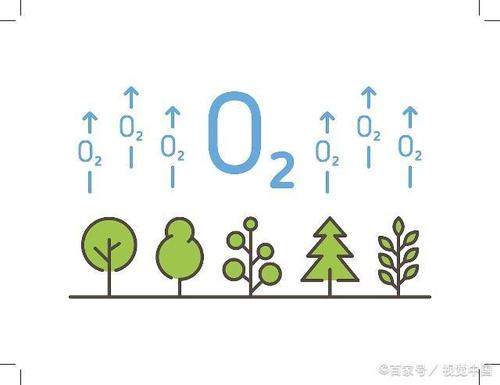It is oxygen the purer,the better?
Oxygen is a component of air, colorless, odorless and tasteless. Oxygen is denser than air, with a density of 1.429 g/l at standard conditions (0 ° C and atmospheric pressure 101325 Pa). The method of producing oxygen on a large scale is fractionation of liquid air. First, the air is compressed and then frozen into liquid air after expansion and expansion. Since the boiling points of noble gases and nitrogen are lower than that of oxygen, the remaining oxygen is liquid oxygen after fractionation, which can be stored in high-pressure cylinders. All oxidation reactions and combustion processes require oxygen, such as the removal of sulfur, phosphorus and other impurities in steelmaking. Mixtures of oxygen and acetylene are burned at temperatures up to 3500 ° C and are used for welding and cutting steel. Oxygen is needed in glass manufacturing, cement production, mineral roasting, and hydrocarbon processing. Liquid oxygen is also used as rocket fuel, which is cheaper than other fuels. For people working in hypoxic or hypoxic environments, such as divers and astronauts, oxygen is essential for life. However, the active states of oxygen, such as OH and H2O2, have serious damage to biological tissues, and the damage of ultraviolet rays to skin and eyes is mostly related to this effect.
Oxygen concept map
Oxygen is one of the essential substances to sustain human and other plant and animal life. Is the higher the purity of oxygen the better? Is oxygen inhaled more is better?
Oxygen enters the lungs through the breath, and then passes through a thin alveolar membrane to the blood, where it binds with hemoglobin in the red blood cells. The hemoglobin is like a train carrying oxygen along the circulation track of the human blood, delivering oxygen to the tissues of the body. So oxygen in the various parts of the tissue and the intake of nutrients oxidation reaction. For example, under the catalysis of some enzymes in the body, the glucose in the intake of food and oxygen undergo a series of complex and mild oxidation reactions. The heat released by this oxidation reaction can maintain the normal body temperature. It supplies the body with energy for life. The carbon dioxide produced by the reaction binds to the blood and returns to the lungs through the veins, where it is exhaled. The average adult consumes 0.75kg of oxygen and emits 0.9kg of carbon dioxide per day. The average person only needs a few minutes to stop breathing, life will stop.
Some people think that the air is only 21% oxygen, breathing pure oxygen is better for the human body, this is wrong. Pure oxygen is harmful to the human body. Inhaling pure oxygen can damage the upper cortex of the lungs. Inhalation of 100% oxygen can lead to pulmonary oxygen poisoning in just a few days. Inhalation of hyperbaric oxygen will cause serious lung damage faster, mainly to destroy the alveolar capillary barrier structure, and make the function of cilia dysfunction. Mountaineers, divers, pilots and patients do not use pure oxygen. In hospitals, 40 to 100 percent oxygen is used, of which pure oxygen is only used for neonatal suffocation or shock patients, but not for too long.





 Facebook
Facebook YouTube
YouTube LinkedIn
LinkedIn Twitter
Twitter